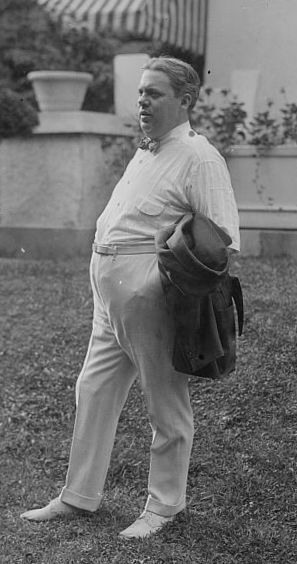Introduction
"In the Shade of the Old Apple Tree" by Henry Burr is a quintessential example of early 20th-century American music. Released in the 1900s, this track captures the essence of the era's musical landscape, characterized by its sentimental lyrics and simple yet evocative melodies.
Cultural Context
Originating in a time when ragtime and vaudeville ballads dominated, this song was recorded during the infancy of acoustic recording technologies. The track was initially distributed on cylinder and disc formats, making it accessible to a growing audience eager for pre-radio popular music. It was a staple in salon and theater circuits, reflecting the cultural milieu of the early 1900s.
Production & Sound
The production of "In the Shade of the Old Apple Tree" is marked by its straightforward arrangement, typical of the era. The recording features Burr's clear tenor voice accompanied by a simple piano arrangement, which was a common practice to highlight vocal performances in the absence of complex instrumentation. This simplicity allowed the emotional depth of the lyrics to resonate with listeners.
Notable Covers
One of the most notable covers of this song was performed by Louis Armstrong, whose jazz-infused rendition brought a new dimension to the piece. Armstrong's version introduced the track to a broader audience, showcasing its versatility and timeless appeal.
Modern Legacy
Despite being over a century old, "In the Shade of the Old Apple Tree" continues to be relevant, thanks to its enduring melody and universal themes of nostalgia and longing. It serves as a window into the musical past, offering insights into the early days of American popular music. This song remains a cherished piece for enthusiasts of historical recordings and those interested in the evolution of music through the decades.



Comments (0)